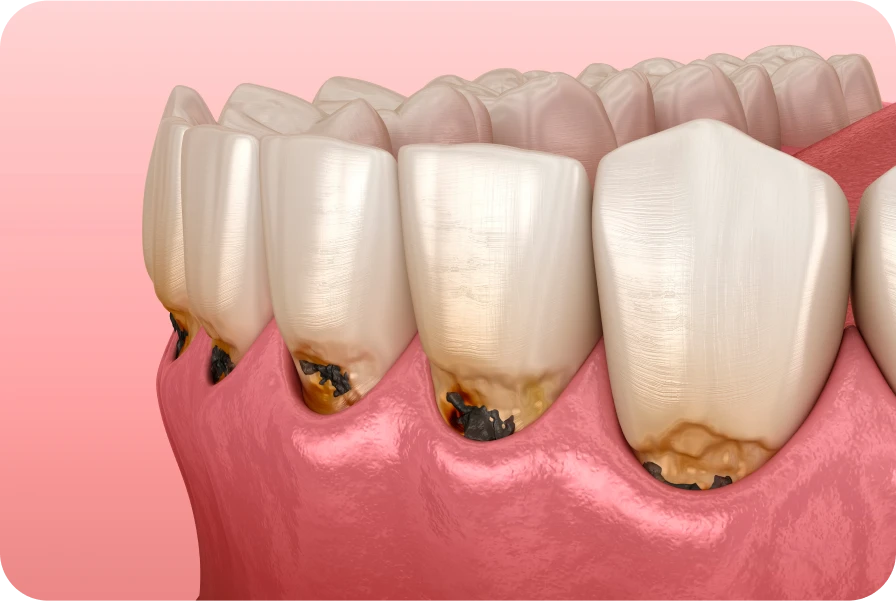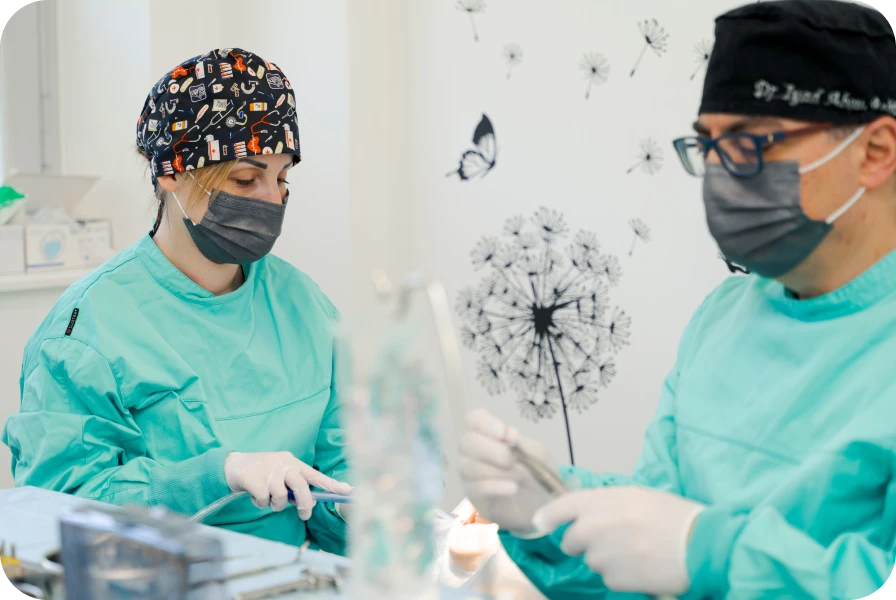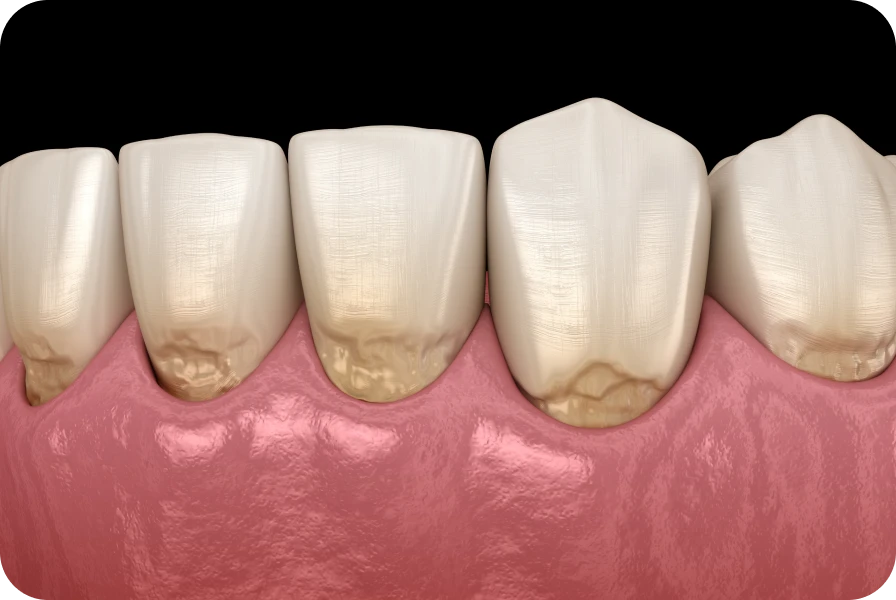Surgical Periodontology
To maintain good oral health, surgical periodontology plays an essential role. Periodontal diseases, if left untreated, can lead to serious complications, including tooth loss. This text will guide you through the various surgical interventions available to treat these diseases. You will learn how to prevent complications and what to expect during these procedures.
Understanding Surgical Periodontology
Before discussing surgical treatments, it is important to understand what surgical periodontology entails. This field concerns the treatment of tooth-supporting structures. These structures include the gums, alveolar bone, and periodontal ligament. When these structures are affected by disease, surgical intervention may be necessary to restore oral health.
When to Resort to Surgical Periodontology?

Periodontal diseases often begin with gingivitis, which is an inflammation of the gums. If this condition is left untreated, it can progress to periodontitis, where the tooth-supporting structures are damaged.
Surgical periodontology is employed when non-surgical treatments, such as scaling and root planing, are no longer sufficient.
Objectives of Surgical Periodontology
The primary objective of surgical periodontology is to save teeth threatened by periodontal diseases.
This involves cleaning periodontal pockets, reducing inflammation, and regenerating damaged tissues. By following these steps, you can improve the stability of your teeth and prevent tooth loss.
Various Interventions in Surgical Periodontology
Surgical periodontology encompasses several types of interventions. Each aims to address a specific aspect of periodontal disease. These interventions can vary in complexity, depending on the severity of the condition.
Periodontal Flaps
One of the most common interventions in surgical periodontology is flap surgery. This procedure involves lifting a section of the gum to access the tooth roots and bone. Once the area is exposed, the surgeon removes calculus and infected tissue. Subsequently, the gum is repositioned and sutured to promote healing.
Indications for Flap Surgery
Flap surgery is indicated when deep periodontal pockets form around the teeth. These pockets make it difficult to clean the roots using non-surgical methods. By cleaning the affected area, you reduce inflammation and promote tissue regeneration.
Benefits of Flap Surgery
This intervention reduces periodontal pockets and improves access to the area for future cleaning. It also promotes tissue regeneration and can prevent bone loss. By opting for this surgery, you increase your chances of preserving your teeth.

Guided Tissue Regeneration
Guided tissue regeneration is another technique commonly used in surgical periodontology. This method aims to stimulate the growth of new bone and gum tissue around affected teeth. To achieve this, a membrane is placed under the gum, above the area where the bone needs to regenerate.
When to Choose Guided Tissue Regeneration?
You should consider guided tissue regeneration if you suffer from bone loss due to periodontitis. This technique is particularly useful for treating bone defects around teeth. By regenerating lost bone, you improve tooth stability.
Guided Tissue Regeneration Process
The process begins with an incision in the gum to access the bone. The surgeon then places a membrane between the gum and the bone. This membrane prevents the gum from growing into the space where the bone needs to regenerate. Over time, the bone naturally rebuilds, thereby stabilizing the teeth.
Post-Operative Care in Surgical Periodontology
Following a surgical periodontology procedure, it is essential to adhere to post-operative care instructions. These care measures help minimize complications and promote rapid healing.

Immediately after Surgery
Once the procedure is complete, you will need to follow certain precautions. It is crucial not to touch or disturb the surgical area. You will also need to apply ice to reduce swelling and take prescribed medications to manage pain.
Post-Surgical Oral Hygiene
After surgery, it is important to maintain good oral hygiene without disturbing the treated area.
Use a soft toothbrush and rinse your mouth with a saline solution to prevent infection. Avoid brushing directly on the surgical area until your surgeon gives you clearance.
Diet and Habits to Adopt
During the healing period, adopt a soft diet to avoid damaging the surgical area. Avoid hard, spicy, and acidic foods. It is also recommended not to smoke, as tobacco can slow healing and increase the risk of infection.
Prevention of Periodontal Diseases after Surgery
Preventing periodontal diseases is a crucial aspect to avoid recurrence after a surgical procedure. By adopting good oral hygiene habits, you can maintain the health of your gums and teeth.
Importance of Daily Oral Hygiene
Regular and effective brushing is the first line of defense against periodontal diseases. Use an electric toothbrush to effectively remove plaque. Supplement brushing with daily flossing and an antibacterial mouthwash.
Regular Follow-up with the Dentist
Regular dental visits are essential for monitoring your gum health. A follow-up every six months is recommended to detect early signs of periodontal diseases. If problems are detected, prompt intervention can prevent their worsening.
Lifestyle Adjustments
Adopt a healthy lifestyle to support your gum health. Reduce sugar consumption and avoid processed foods. Stay adequately hydrated and prioritize a diet rich in vitamins and minerals, particularly vitamin C and calcium, to strengthen your gums and teeth.
